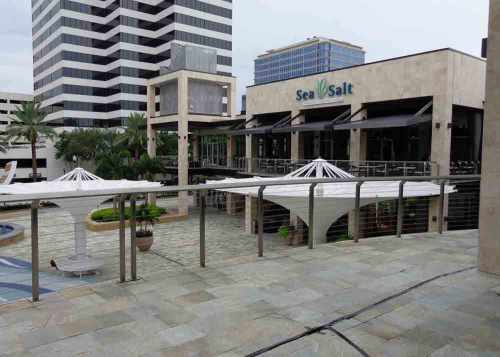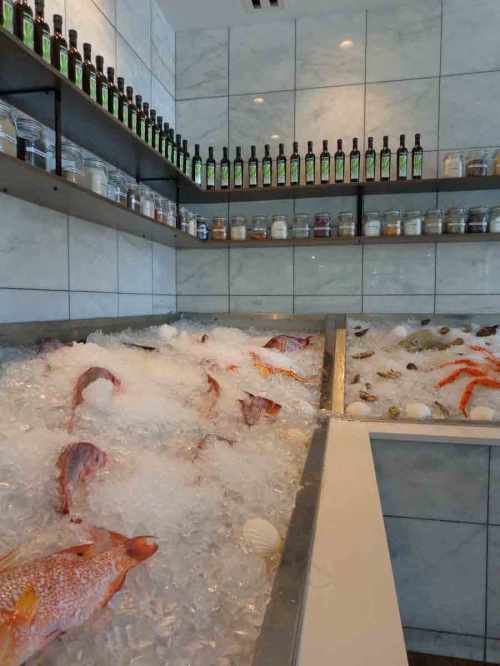My dad was born and raised in St. Petersburg, Florida. As a result, while I was growing up, our family spent a lot of summer vacations visiting dad’s relatives down south. This was long before Walt Disney had even considered building anything in Orlando. We loved the beaches, and I became a world-class shell collector, combing the beaches in the early morning with my dad. But there was always a lot more than just the beaches to enjoy.
A few favorite food memories are associated with these trips. Warm-water lobster was cheap enough that you could feed it to kids. Smoked mullet was one of the best foods imaginable, and they sold it from stands along the road, which made it even more fun. And black bean soup, tostones, and flan at Columbia Restaurant in Ybor City were definite favorites, as well.
On top of the dining, beaches, and relatives, there were wonderful things to see and do on the Gulf side of Florida. We examined raw sponges and the brass-helmeted diving gear of Greek sponge divers in Tarpon Springs, watched entertainers at the Kapok Tree in Clearwater, got fresh seafood in Pass-a-Grille, explored Fort De Soto down on Mullet Key, and delighted in the remarkable museums on the Ringling estate in Sarasota.
Then life got busy, relatives died, other destinations called, and I didn’t get to the Tampa Bay area for decades. I’d been to Miami on business and to Key West with friends, but not to the place where I’d spent so much time growing up–until last month. A writers conference offered an opportunity to find out what had changed and what was the same in the destination of my youth.
The palm trees, banyans, and birds of paradise still made me smile. The red-tiled roofs of older buildings led me to wonder if the reason I fell in love so quickly with Southern California was because of the similarities of architecture and plants that were so familiar to me. I learned that Tarpon Springs was still Greek, Columbia Restaurant still had black bean soup, the Ringling Estate in Sarasota was still a destination, and Pass-a-Grille was still good for seafood–but there were a lot of changes. Roadside stands selling smoked mullet had vanished. In St. Pete, small, old-Florida architecture shared the streets with modern high-rises.
While I missed a few things, I quickly learned that there were new delights, from excellent museums to sensational dining options, mixed in with the old delights of tropical ambiance and lovely beaches. There are a lot more people–but also more air conditioning, which is a good thing.
The conference kept me busy most of the time, but I still managed to fit in a bit of exploring and a fair bit of excellent dining. As a result, it will take a few posts to share all that I experienced.

Old and new blend in downtown St. Pete.





















